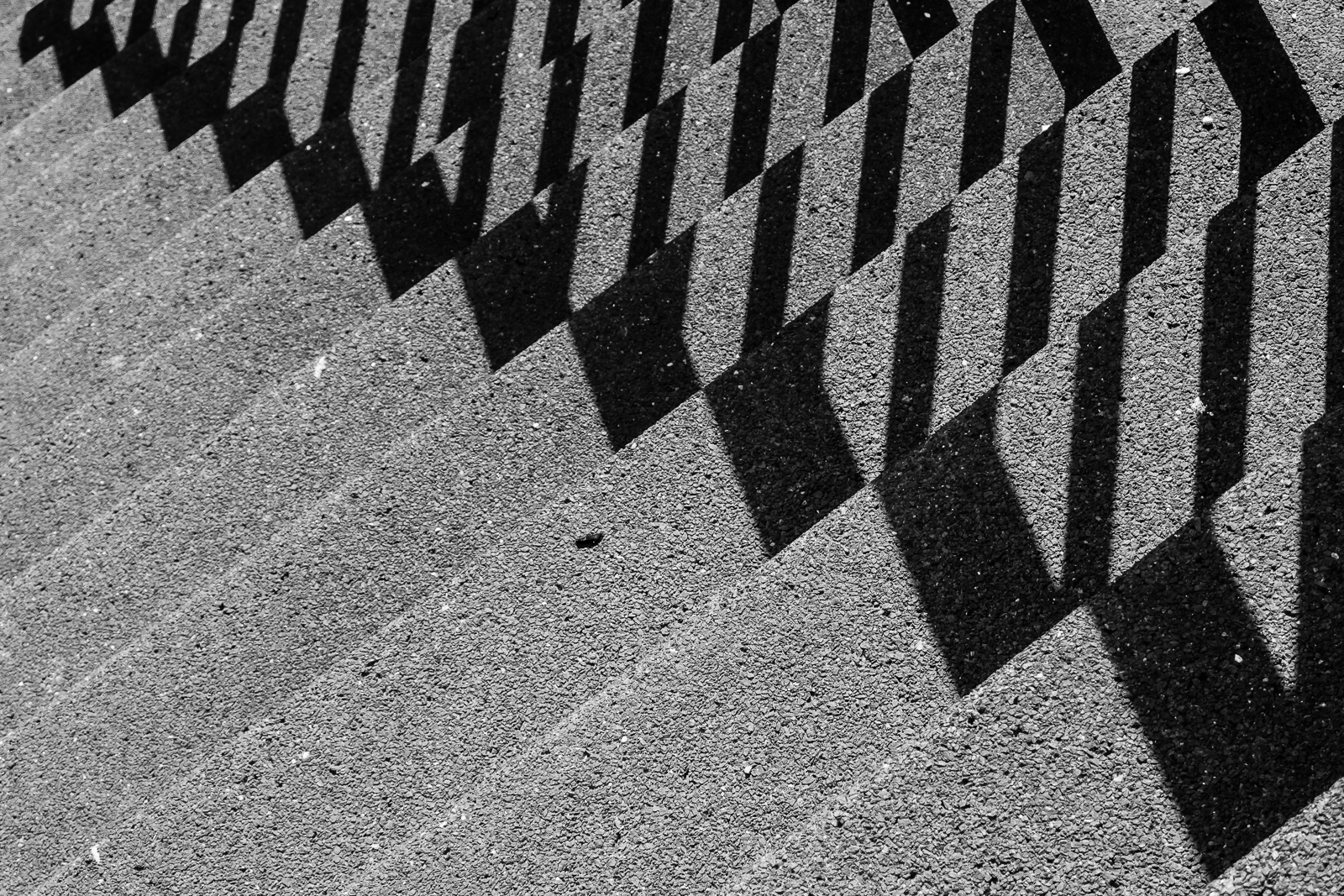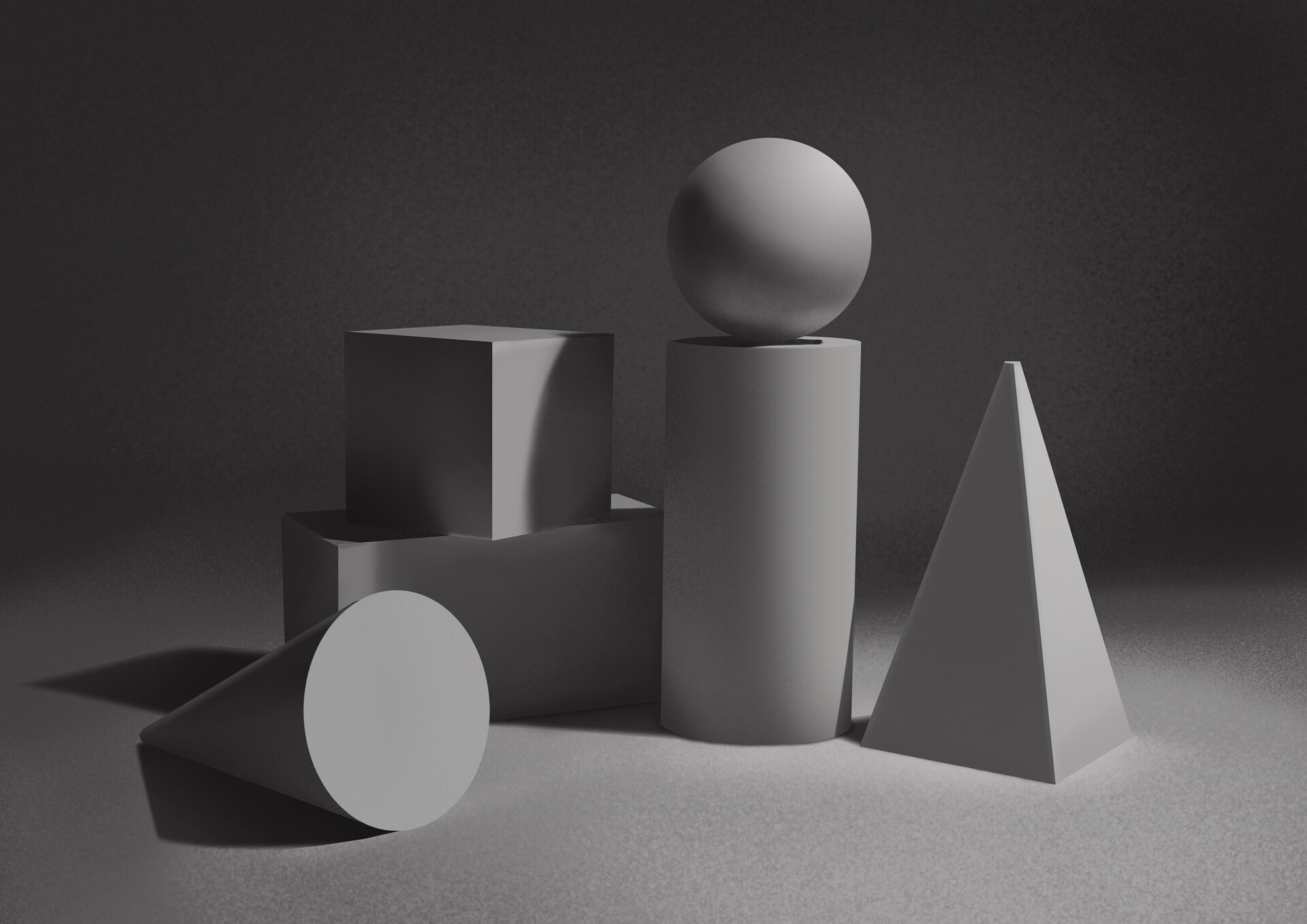The words “shape” and “form” in photography are sometimes used interchangeably. However, the terms are actually two different visual characteristics. In this article, we're going to look at the difference between shape and shape and how to use them in photography.
What is photography composition?
Photocomposition, or image design, is the artistic arrangement of elements within an image section in order to achieve certain effects on the viewer.
The term “image composition” originally comes from painting. In the past, artists thought carefully in advance about what the finished painting should look like before they started painting. This served to avoid mistakes and to be able to plan in advance how certain effects could be created for the viewer.
Composition stands for the arrangement of every motif and element in the picture. Sometimes the photographer can rearrange the subjects to create the composition and imagery himself. We see this often in the field of still life photography. But other areas of photography, for example, landscape photography, do not allow such manipulations.
Photographs are composed of contours, shapes, and lines. When properly structured, the arrangement of contours, shapes, and lines can create a visual path that guides the viewer's eye in a controlled and predictable manner. The eye will wander along this path and lines, colors, and shades will draw the viewer's attention to the next chapter in this visual story.
Photography composition can direct the audience's gaze, convey closeness or distance between figures, and connect actions on different image levels to one another. The color and light design are also decisive factors in the photo composition.

Forms and shapes in photography composition
The form describes a flat, closed area of space. Forms can be constructed using colors and lines, but all forms are limited to two dimensions - width and length. Curves and other irregular, flowing forms are called organic, while angular shapes like squares and triangles are called geometric.
Shapes in the visual arts differ from forms because they are perceived as three-dimensional - they work with width and length and depth. Shapes can be either geometric or free, with no specific delimitation or visual boundary. In two-dimensional formats such as painting and photography, three-dimensional forms with aspects such as line, movement, and value (darkness and lightness) are created.
Forms and shapes in the history of photography
Early cave art is an early example of the use of form in visual culture. During the Renaissance (and for many years afterward) form was the predominant feature of two-dimensional art. However, with the advent of modern art, artists returned to using forms in abstract and minimalist artistic movements.
Artists from Leonardo da Vinci and Michelangelo to Mark Rothko and Georgia O’Keeffe are known for their execution of form. From Anna Atkins' cyanotype impressions to Grant Mudford's flattened architectural renderings, the shape has had a strong presence in photography since its inception.
Lewis W. Hines Steamfitter, an iconic representation of industrial work of the 1870s, uses strong, flatforms to emphasize the shape of the subject. And Harry Gruyaert and Ed Peters integrate bold forms into their street photography.
The shape has also had a consistent presence in photographic history. Carleton E. Watkins Sugar Loaf Islands is an example of texture-enhancing shapes. And Hiroshi Sugimoto's Abandoned Theater series examines the power of light in the form and time of sculpture.
Philippe Halsman is famous for Dali Atomicus combining shapes and forms to create a dynamic and surreal portrait of Salvadore Dali. And Robert Frank's Parade, Hoboken, New Jersey appeals to our sense of form and shape in photography to create a fascinating street perspective.
How to use form and shape in photography
Visual design sounds like a fancy paraphrase for the shape and form composition. But in fact, it is their increase. It's not just about everything being properly aligned and conforming to the rule of thirds. Rather, it's about playing with the flow and dynamics of the picture elements.
There are endless photographic possibilities for shape and form in photography. If you concentrate on things like light, perspective, depth of field, and color or black and white, you can work out the shape and shape of your photography.
Focus on light
Depending on the angle of a light source, light can either lift or flatten a subject. If you want an image made up of dramatic shapes, consider using angled lighting to encourage shadows.
Silhouettes, on the other hand, render motifs as dark two-dimensional shapes. To create a silhouette, photograph a subject against a light background with little or no front lighting.
Get a perspective
Sometimes the shape can be stimulated by a change of perspective. By photographing a subject from the front, shapes can be flattened into shapes. Approaching your subject from an angle reveals shadows that cultivate the shape.
Immerse yourself in the depth of field
The depth of field affects the way shapes and forms are read. A shallow depth of field separates the subject from the background (and sometimes the foreground) of an image and gives it a more dimensional image.
The limitless nature of blurry shapes also creates a sense of activity within a photo and further contributes to the perception of the shape.
Experiment with color or black and white
To emphasize the shape more, many photographers choose black and white over color. Often you will find that the tonal sensitivity of a black and white scheme can add more emphasis to depth.
On the other hand, solid colors emphasize the "flatness" of the form. Using blocks of bold colors is one way of enhancing the immediacy of two-dimensional structures.
Show the movement
The shape is often visualized with flowing edges. This effect can be created by intentional camera movement (or ICM). With ICM, the camera is moved during a long exposure (typically 1/125 or less). The result is abstract shapes that are unique, engaging, and fun!

Conclusion
While form and shape play different roles in photography, each cultivates a different level of impact and engagement. By using light, perspective, depth of field, color or black and white, and movement, we can use shape and form to enhance the construction of an image.
